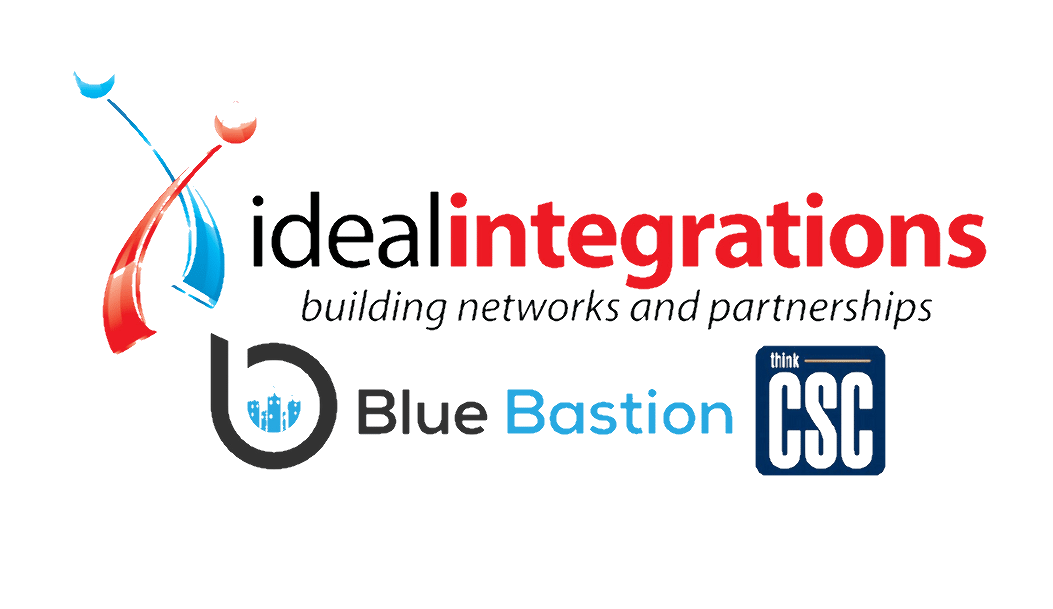
There are many disasters that can cause power outages, from traffic accidents that disrupt local power, to major storms that wipe out power in whole regions. Regardless of the cause of a power outage, the downtime alone can be very costly to your business. And if you aren’t prepared for power outages, the loss of data can be as equally debilitating.
Nationwide, power outages have been occurring at accelerated rates over the last 15 years. In part due to aging infrastructure, and in part because of increased demands on power grids, the number of power outages is six times higher today than it was 15 years ago.
Power Outage Map, 2000-2015
Power outages happen suddenly and without notice. To protect your business from the costs and disruptions associated with a power outage, you should have on-site power backup solutions. At the physical location of your organization, you may want to have generators or other backup power supplies to which you can immediately switch if the power goes out. This will ensure that you can continue operating and delivering services to your customers; however, the long-term cost of supplying your own power can be very high.
Your organization should also have off-site backup and data recovery solutions in place, to protect data. This will ensure that even if the power is out for an extended period of time, or you are forced to move to a different location, you will still have access to the essential business data you need to continue operating.
Preparing for Power Outages
- Identify critical utilities, including electric, gas, water, and internal sewer systems that might be impacted
- Identify systems impacted by power outages, including security, alarms, elevators, heating, and ventilation systems
- Identify operational equipment that may be impacted, including voice and data communication systems, servers and their cooling systems, and computer networks
Safety must be the primary concern in any emergency. Once you’ve ensured the safety of all personnel, consider the power outage impact to the following areas:
Communication: Alternate communication channels should be available to ensure your ability to reach key personnel in case of emergency.
Supply Chain: Arrange for alternative vendors who can meet supply needs when primary suppliers cannot.
Personnel: Determine those personnel who are essential to the operation during times of extreme emergency and who will be active during your recovery operation.
Data and servers: In addition to having on-site power backup solutions, every organization should move mission-critical IT infrastructure into the cloud to ensure accessibility and to aid in recovery.
Power outages can have an enormous impact on your organization’s ability to remain functional. Internal and external backup solutions are critical to business continuity. thinkCSC provides customized power solutions, reliable off-site backup, and even fully hosted solutions to meet every organization’s needs. Contact us today for more information.



Recent Comments